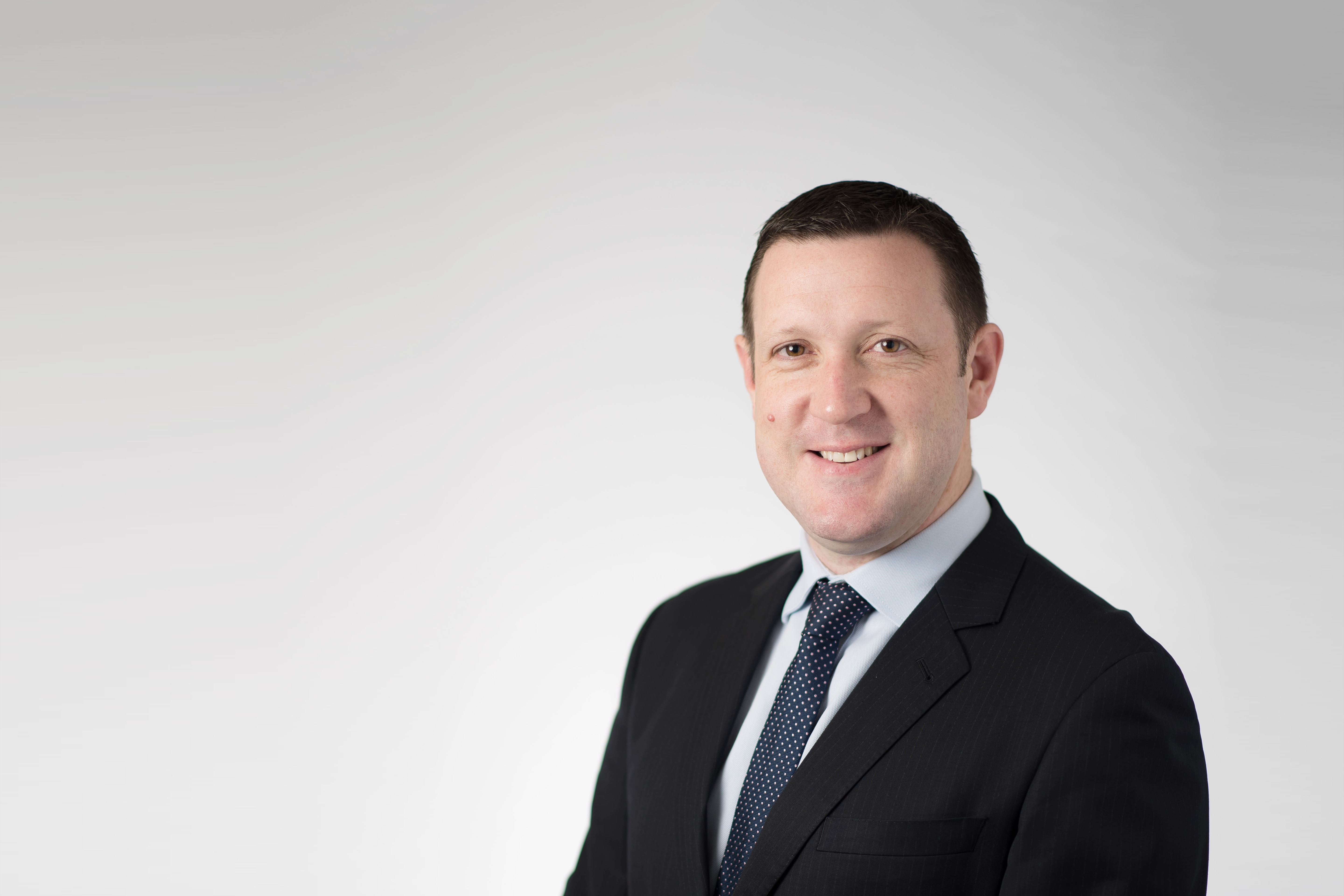Faculty Spotlight: Tomos Walters, PhD, MBB, BS

Atrial fibrillation is the most common abnormal heart rhythm, but current therapies are far from ideal. Cardiac electrophysiologist Dr. Tomos Walters is discovering more about what causes this condition, and how to better treat it.
The son of two globetrotting doctors, Dr. Walters grew up in the United Kingdom, San Francisco and Australia. He earned his medical and doctoral degrees from the University of Melbourne, and completed his internal medicine residency, general cardiology fellowship, and cardiac electrophysiology fellowship at the Royal Melbourne Hospital and Princess Alexandra Hospital in Brisbane.
As a doctoral candidate, Dr. Walters worked with Dr. Jonathan Kalman, who trained at UCSF in the 1990s and is one of Australia’s leading electrophysiologists. Dr. Kalman used a sophisticated technique called high-density atrial mapping to investigate atrial fibrillation.
Traditionally, electrophysiologists use a single catheter to record electrical activity in the heart. “The problem is that what happens in one location is different than what happens somewhere else,” said Dr. Walters. “Even in a single location, what’s happening now is different than what will happen in 10 seconds. The aim of high-density atrial fibrillation mapping is to record in multiple locations for as long a period as possible.” By working with cardiac surgeons, Dr. Walters analyzed electrical signals generated by 127 electrodes embedded in a patch that surgeons held against the outside of a patient’s beating heart.
With support of the prestigious Kenneth Rosen Heart Rhythm Society Fellowship, Dr. Walters came to UCSF in 2015 as a research fellow in the lab of Dr. Edward P. Gerstenfeld, Melvin M. Scheinman Endowed Chair in Cardiology and chief of the Cardiac Electrophysiology and Arrhythmia Service at UCSF Health. Dr. Walters then completed an advanced clinical electrophysiology fellowship, and recently joined the faculty.
At UCSF, he is seeking to discover even more about electrical signals in atrial fibrillation by simultaneously mapping the outside and inside of animal hearts with persistent atrial fibrillation. This could help guide more targeted treatment of the source of abnormal rhythms.
Moving Towards the Leading Edge
Dr. Walters is also working with Dr. Gerstenfeld to learn more about premature ventricular contractions (PVCs), which are extra beats from the bottom chamber of the heart. If they occur frequently, they can cause cardiomyopathy, a weakening of the heart muscle which impairs heart function. With support of the Cardiology Council, they found that PVCs that cause the most electrical and mechanical disruption to heartbeats also cause more aggressive heart failure. “Now we can try to find whether there are pharmacologic targets that could be used to interrupt the development of cardiomyopathy in patients with a lot of PVCs,” said Dr. Walters.
In addition, Dr. Walters has investigated how atrial fibrillation patients’ personalities shape their perceptions of symptom severity. “My wife is a psychiatrist, so we spend a lot of time talking about patients’ subjective experience of disease,” he said. He is interested in studying whether simple interventions like mindfulness and yoga could help patients feel better or even reduce the amount of atrial fibrillation.
“At the moment in the U.S., atrial fibrillation is very much managed by a single physician, but increasingly, I think the gold standard will be a multidisciplinary clinic with cardiologists, endocrinologists, dieticians, exercise physiologists and psychologists,” said Dr. Walters. “It would be nice to be on the leading edge of best practice, and hopefully that’s something we can move towards at UCSF.”
In addition to his research, Dr. Walters maintains a busy clinical practice. “I like communicating with people and helping them feel better,” he said. “With electrophysiology, it’s very satisfying, because you can achieve that in quite an evidence-based fashion.”
“We are excited Tomos has decided to stay as an electrophysiology attending,” said Dr. Gerstenfeld. “He is already an accomplished researcher, having published more than 20 manuscripts on mechanisms of atrial fibrillation, and brings tremendous skills in the lab, performing complex ablation procedures.”
Dr. Walters and his wife, Dr. Kate Wick, have two daughters, Josie and Audrey. In addition to spending time with family, Dr. Walters enjoys playing touch rugby and tennis.
